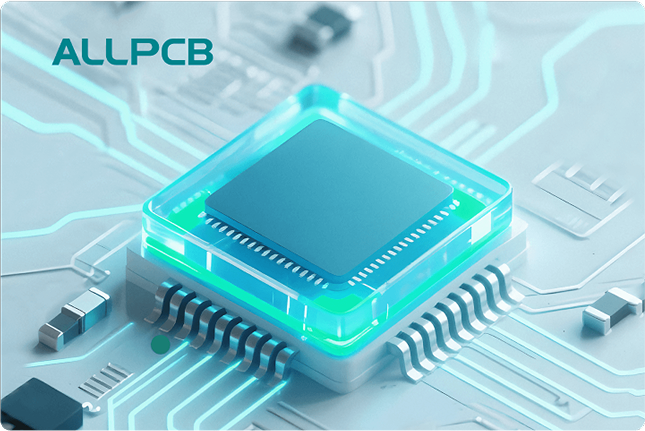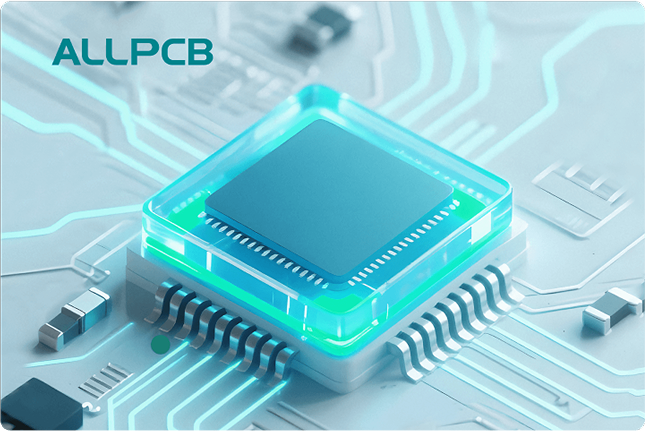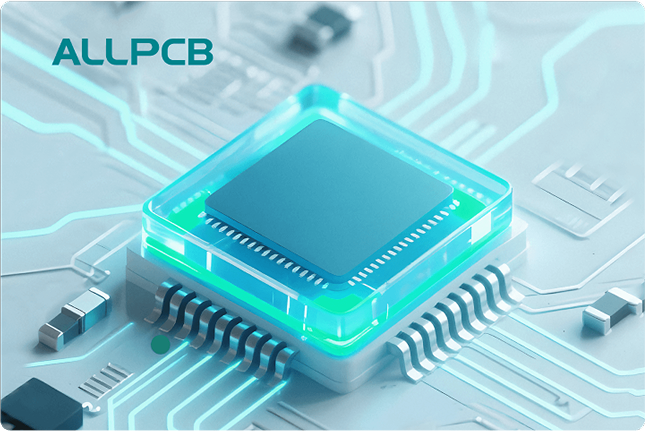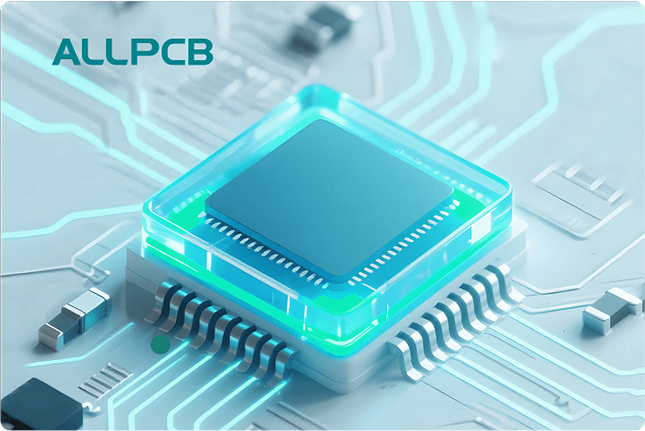Reflow soldering is a critical process in electronics manufacturing, ensuring components are securely attached to printed circuit boards (PCBs) using solder paste. But how do you optimize the reflow soldering temperature for solder paste to achieve reliable joints without damaging components? The key lies in crafting a precise reflow profile that balances preheating, soaking, reflow temperature, peak temperature, and cooling. In this comprehensive guide, we’ll walk you through the essentials of temperature optimization, focusing on factors like solder paste melting point and considerations for lead-free reflow, to help you achieve consistent, high-quality results.
Why Reflow Soldering Temperature Matters
The reflow soldering process involves heating solder paste to melt it, allowing it to form strong electrical and mechanical connections between components and the PCB. If the temperature isn’t optimized, you risk issues like insufficient melting, cold solder joints, or overheating that can damage sensitive components. A well-designed reflow profile ensures the solder paste reaches its melting point at the right time, wets the pads properly, and cools down without forming defects. Let’s dive into how to fine-tune each stage of the process for optimal results.
Understanding the Reflow Profile: A Step-by-Step Breakdown
A reflow profile is a temperature-time graph that dictates how the PCB and components are heated and cooled during soldering. It typically consists of four main zones: preheating, soaking, reflow, and cooling. Each zone plays a vital role in ensuring the solder paste behaves correctly and forms reliable joints. Below, we’ll explore these zones in detail and provide actionable tips for temperature optimization.
1. Preheating Zone: Setting the Foundation
The preheating stage is the first step in the reflow profile, where the PCB and components are gradually brought up to a temperature below the solder paste melting point. This stage is crucial for preventing thermal shock, which can crack components or cause uneven heating. Typically, the temperature rises at a rate of 1.5 to 3°C per second until it reaches around 120-150°C for most solder pastes.
Optimizing preheating involves maintaining a steady ramp-up rate. Too fast, and you risk thermal stress; too slow, and you might extend the process unnecessarily, increasing energy costs. For lead-free reflow, preheating temperatures may need to be slightly higher (closer to 150°C) due to the higher melting points of lead-free solder pastes, often around 217-220°C for SAC (tin-silver-copper) alloys.
Tip: Check the datasheet of your solder paste for recommended preheating ranges. Adjust your oven settings to ensure the entire board heats evenly, especially for densely populated PCBs.
2. Soaking Zone: Activating the Flux
During the soaking zone, the temperature is held steady, usually between 150-180°C, for 60 to 120 seconds. This stage allows the flux in the solder paste to activate, removing oxides from the surfaces of the pads and component leads. It also ensures uniform temperature distribution across the PCB, minimizing the risk of hot or cold spots.
For optimization, the soaking duration and temperature must match the solder paste’s specifications. A common mistake is rushing through this zone, which can lead to incomplete flux activation and poor wetting during reflow. For lead-free reflow, soaking temperatures might edge closer to 180°C to prepare for the higher peak temperature required later.
Tip: Monitor the PCB with a thermocouple to confirm that all areas reach the target soaking temperature. Adjust the duration if you notice uneven heating, especially on larger boards.
3. Reflow Zone: Melting the Solder Paste
The reflow temperature zone is where the magic happens. The temperature rises above the solder paste melting point, typically to a peak temperature of 235-250°C for lead-free solder pastes, and remains there for a short time (30-60 seconds). This allows the solder to melt, flow, and wet the surfaces, forming strong joints.
Optimizing the peak temperature is critical. For lead-free solder pastes like SAC305, the melting point is around 217°C, so the peak must exceed this by 20-30°C to ensure complete melting. However, exceeding 250°C for too long can overheat components, especially sensitive ones like microcontrollers or LEDs. For traditional tin-lead solder pastes, with a melting point of about 183°C, a peak of 205-220°C is often sufficient.
Tip: Use a reflow oven with precise temperature control to maintain the peak within a tight window. Test your profile with a sample board to verify joint quality under a microscope.
4. Cooling Zone: Solidifying the Joints
The final stage, cooling, solidifies the molten solder into durable joints. The cooling rate is typically set between 3-6°C per second to prevent thermal stress and ensure proper crystal structure in the solder. For lead-free reflow, a slightly faster cooling rate (closer to 4-6°C per second) is often recommended to avoid grain growth in the solder, which can weaken joints over time.
Optimizing cooling involves balancing speed and uniformity. Rapid cooling can cause thermal shock, while slow cooling might lead to defects like solder balling. Ensure your reflow oven’s cooling system is calibrated to maintain a consistent rate across the board.
Tip: Avoid opening the oven door immediately after reflow, as sudden temperature drops can stress components. Let the board cool naturally inside the oven until it reaches a safe handling temperature, around 50°C.
Key Considerations for Lead-Free Reflow Soldering
Lead-free reflow soldering has become the standard in many industries due to environmental regulations like RoHS (Restriction of Hazardous Substances). However, it presents unique challenges because of the higher solder paste melting point and peak temperature requirements. Lead-free alloys, such as SAC305, require peak temperatures of 235-250°C, compared to 205-220°C for tin-lead solder. This 30°C difference means your reflow profile must be carefully adjusted to avoid damaging heat-sensitive components.
Additionally, lead-free solder pastes accumulate more heat during reflow, so a faster cooling rate is often necessary to prevent defects. Ensure your equipment can handle these higher temperatures and invest in thermal profiling tools to monitor the process in real-time.
How to Create and Test Your Reflow Profile
Creating an optimized reflow profile starts with understanding your solder paste’s specifications and your PCB’s thermal characteristics. Follow these steps to develop and test a profile tailored to your needs:
- Review Solder Paste Datasheet: Note the recommended preheating, soaking, reflow temperature, and peak temperature ranges. For example, a SAC305 paste might suggest a peak of 240°C for 30 seconds.
- Analyze PCB Design: Consider board size, component density, and thermal mass. Larger boards may require longer soaking times to ensure even heating.
- Set Initial Profile: Program your reflow oven with a starting profile based on the datasheet and PCB needs. Use a ramp rate of 1.5-3°C per second for preheating.
- Test with Thermocouples: Attach thermocouples to critical points on the PCB (e.g., near large components or board edges) to monitor actual temperatures during reflow.
- Inspect Results: After reflow, examine solder joints for wetting, voids, or defects using a microscope or X-ray inspection. Adjust the profile if issues are found.
- Iterate: Fine-tune the profile by adjusting temperatures or durations in each zone until consistent, high-quality joints are achieved.
Tip: Document each test run and the resulting profile settings. This data will be invaluable for future projects or troubleshooting.
Common Challenges in Reflow Soldering and How to Overcome Them
Even with a well-designed reflow profile, issues can arise during soldering. Here are some common challenges related to temperature optimization and solutions to address them:
- Cold Solder Joints: Caused by insufficient heat or time above the solder paste melting point. Increase the peak temperature or extend the reflow zone duration slightly.
- Overheating Components: Happens when the peak temperature is too high or sustained for too long. Reduce the peak by 5-10°C and monitor component datasheets for maximum temperature ratings.
- Tombstoning: Occurs when components lift on one side due to uneven heating. Ensure uniform preheating and soaking to balance thermal gradients across the board.
- Solder Voids: Often a result of trapped gas or poor flux activation. Extend the soaking zone duration to allow better outgassing before reflow.
Tools for Monitoring and Optimizing Reflow Temperatures
To achieve precise control over your reflow temperature, invest in the right tools. Thermal profiling systems, which use thermocouples to measure real-time temperatures across the PCB, are essential for validating your reflow profile. Modern reflow ovens often come with built-in profiling software that can suggest adjustments based on input data.
Infrared (IR) cameras can also help visualize thermal distribution, identifying hot or cold spots on the board. For smaller operations, handheld temperature probes can provide a budget-friendly way to spot-check critical areas during the process.
Tip: Regularly calibrate your reflow oven and profiling tools to ensure accuracy. A deviation of just 5°C can impact solder joint quality, especially in lead-free reflow processes.
Conclusion: Mastering Reflow Soldering Temperature Optimization
Optimizing the reflow soldering temperature for solder paste is a balancing act that requires attention to every stage of the reflow profile—from preheating and soaking to reaching the right peak temperature and ensuring proper cooling. By understanding the solder paste melting point and tailoring your profile to the specific needs of your PCB and components, you can achieve reliable, high-quality solder joints every time. Special considerations for lead-free reflow ensure compliance with regulations while maintaining performance.
Start by reviewing your solder paste specifications, testing your profile with real-world boards, and using thermal monitoring tools to refine each zone. With patience and precision, you’ll master the art of reflow soldering temperature optimization, ensuring your electronics assemblies are built to last. Keep experimenting, documenting, and adjusting to stay ahead in this critical aspect of PCB manufacturing.
 ALLPCB
ALLPCB







